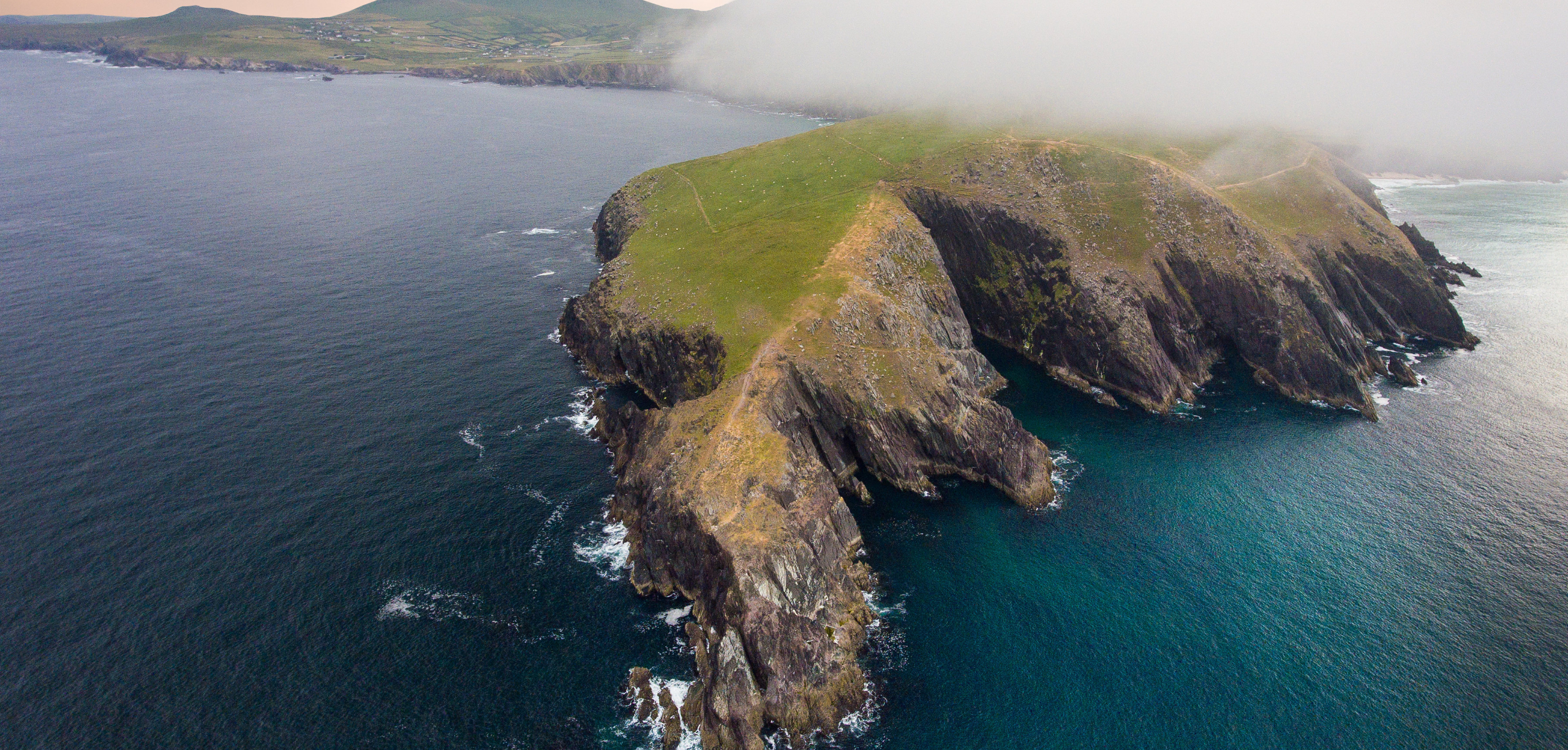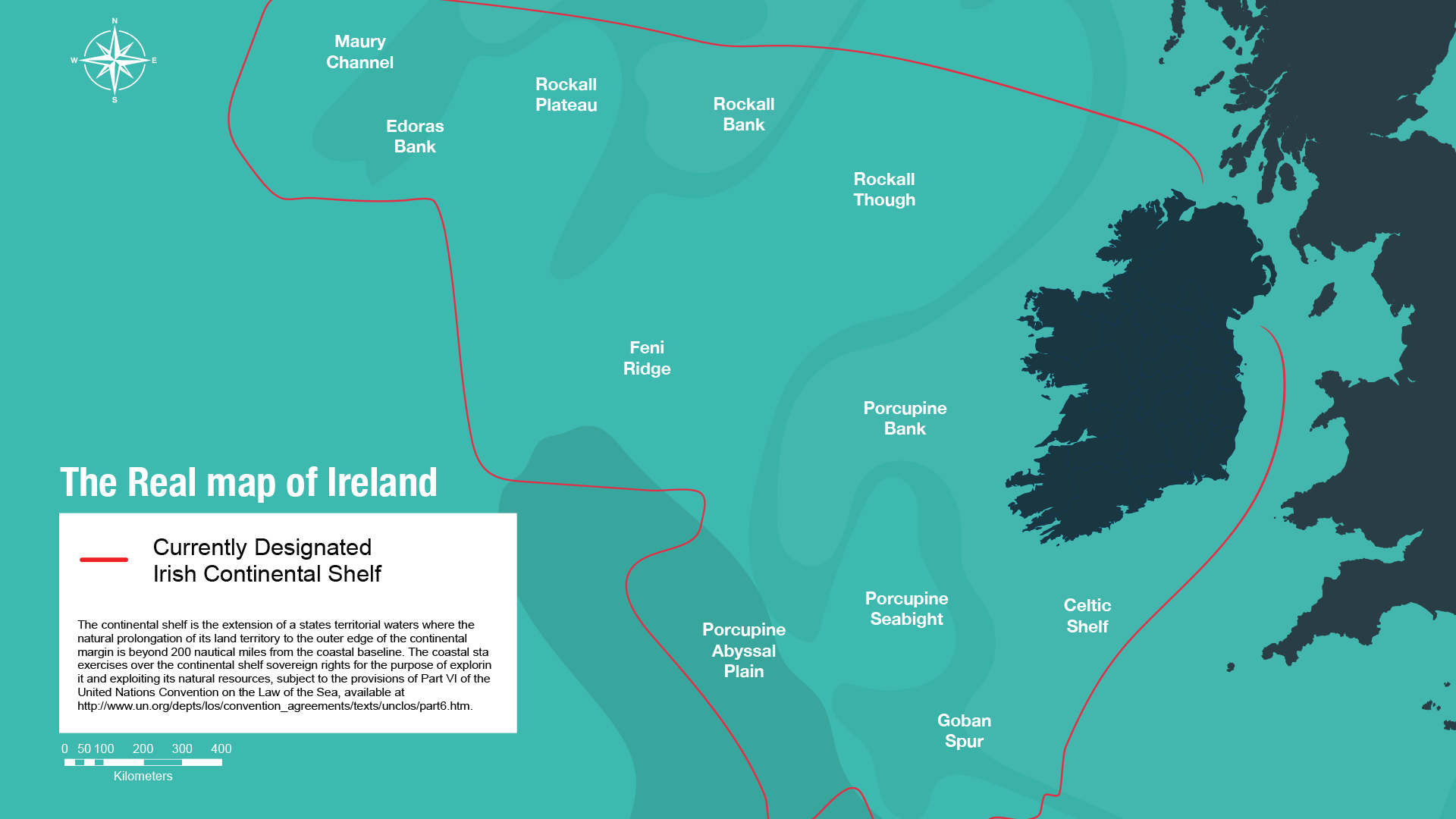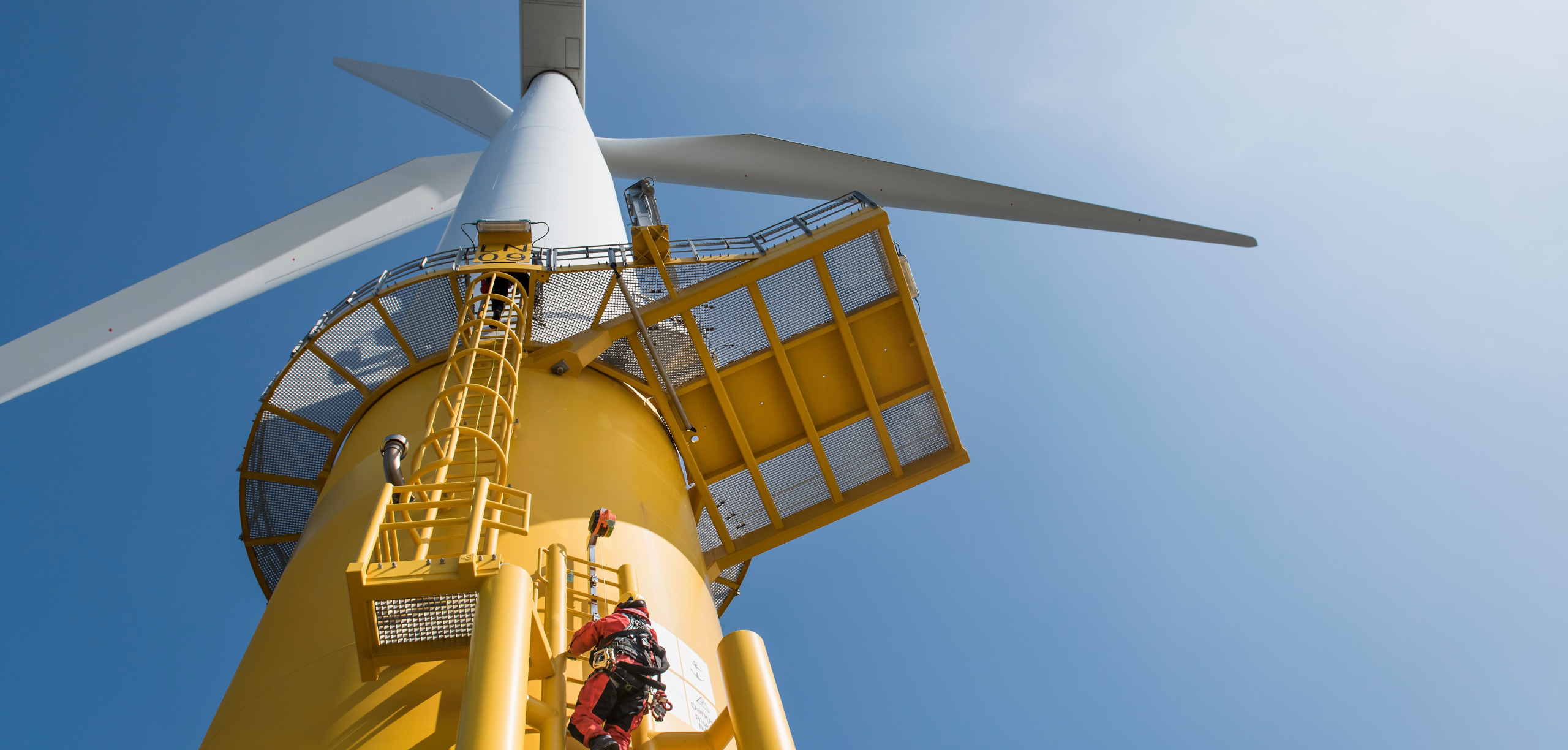MARINE STRENGTHS
When it comes to the blue economy, we have an edge.
Our edge is commercial as we find ways to add value to existing and emerging marine sectors. Our edge is youthful as we bring the talent of an emerging generation to bear on marine opportunities. Our edge is innovative as we connect blue sky research with enterprise. Our edge is tangible as we invite visitors and businesses to experience life on our coast.
Ireland’s Blue Edge is all this…and more.
Ireland’s marine area is one of the largest in the EU with our seabed territory accounting for 10 times our land mass. Approximately 450,000 km2 of this area falls within 200 nautical miles of Ireland’s shores making it part of our Exclusive Economic Zone (EEZ).

Our marine territory has the potential to support a wide range of economic activities in Ireland and to tap into global marine and maritime markets for:
-
Food from the sea
-
Shipping
-
Tourism & leisure
-
Renewable energy
-
New applications for health, medicine and technology.
Ireland as an island nation, is steeped in maritime tradition, with a dynamic and modern workforce. Approximately 1.9 million people in Ireland live within 5km of the Irish coast. Many communities, but in particular our coastal communities, depend on our vast ocean wealth for employment, leisure and wellbeing.
Our ocean economy makes a significant contribution to the Irish economy with an annual turnover of approximately €6.5bn which contributes close to €2.7bn in Gross Value Added and supports approx. 39,000 jobs as reported in Ireland's Ocean Economy Report 2024.
The strengths and potential of Ireland’s marine area, its coastline, inshore and offshore waters, are vast. They:
- Contain some of the largest and most valuable fisheries resource in Europe.
- Are the western gateway for shipping to Europe’s busiest seaports.
- Are an ideal location for finfish, shellfish and seaweed aquaculture.
- Are among the most abundant renewable energy (wind, wave and tidal) resources in the world.
- Provide opportunities to develop new products and services, such as in blue biotechnology.
- Offer spectacular tourism and leisure opportunities and a rich maritime culture and heritage.
- Support a rich and diverse range of ecosystems, habitats and species.
- Contribute to our citizen’s wellbeing, health and quality of life.

Full Map with Bathymetry (m) information available at: https://www.marine.ie/site-area/irelands-marine-resource/real-map-ireland-0
Adapted from Ireland’s Harnessing our Ocean Wealth – An Integrated Marine Plan for Ireland
Ireland's Marine Spatial Plan
The Irish Government has developed Ireland’s National Marine Planning Framework (NMPF), which is the overarching framework for decision making that is consistent, evidence-based and secures a sustainable future for Ireland’s vast maritime area. The NMPF was published in July 2021 and marks an important step in the sustainable development and management of Ireland’s most important resource. The work is supported by the Government’s long-term commitment to towards a coordinated and coherent approach to decision-making and governance reinforced via the Marine Planning and Development Management Bill. Further information is available on here.
Ireland enjoys unique and diverse marine ecosystems
Irish waters are home to some of the most diverse and productive marine ecosystems on the planet. Ireland’s relatively shallow continental shelf receives cold, nutrient rich water from the deeper waters of the Atlantic Ocean. This results in ecologically diverse and biologically rich surface waters around our coast. This expansive and productive natural marine environment contributes substantially to the Irish economy, through sustainable marine industries such as fisheries, aquaculture, seaweed harvesting, blue biotechnology and marine & coastal tourism.
An abundance of offshore renewable energy resource
Ireland’s location at the edge of the Atlantic Ocean means we can benefit from sustained high wind speeds and the long fetch of the Atlantic swell. We have an abundance of ocean energy resource in the form of offshore wind and waves. The resource available to fixed and floating wind is immense, with the potential for 12GW of fixed and up to 30GW for floating. Furthermore, a total of 31GW of wave energy development potential was identified in Irish waters that could be extracted without having likely significant adverse effects on the environment. The theoretical potential for both wave and wind energy off Ireland’s shores far exceeds the total electricity demand representing real export potential.
The offshore wind energy resource in Ireland is one of the best in Europe

The east coast has sufficiently shallow water depths to allow for fixed foundation turbines, while the deeper waters off the south, west and north-west coasts are prime for floating structures. This potential can only be achieved with national ambition and with a strategic long-term approach.
The Future Framework Policy Statement for Offshore Renewable Energy addresses both of those things. It outlines Ireland's long-term ambitions of 20GW by 2040 and 37GW by 2050, and it lays down a roadmap of how they will be achieved. In parallel with this policy, runs Powering Prosperity – Ireland’s Offshore Wind Industrial Strategy. The strategy’s vision is to build a successful, vibrant, and impactful new offshore wind energy (OWE) sector by the end of this decade, and to ensure that sector creates significant value and up to 5,000 jobs in OWE and related industries for Ireland. Its overarching objective is to maximise the industrial development opportunity arising from OWE production in Ireland, to create clean, green, renewable industries of the future.